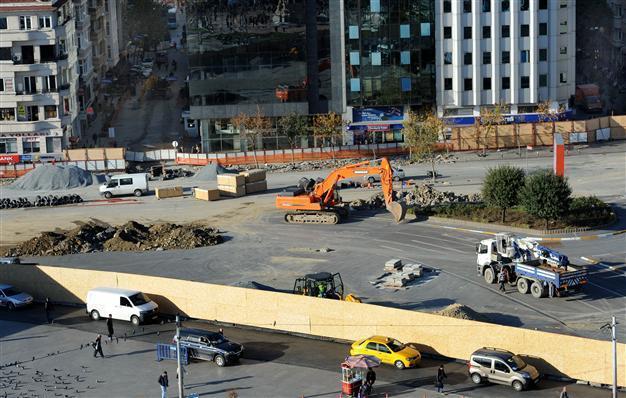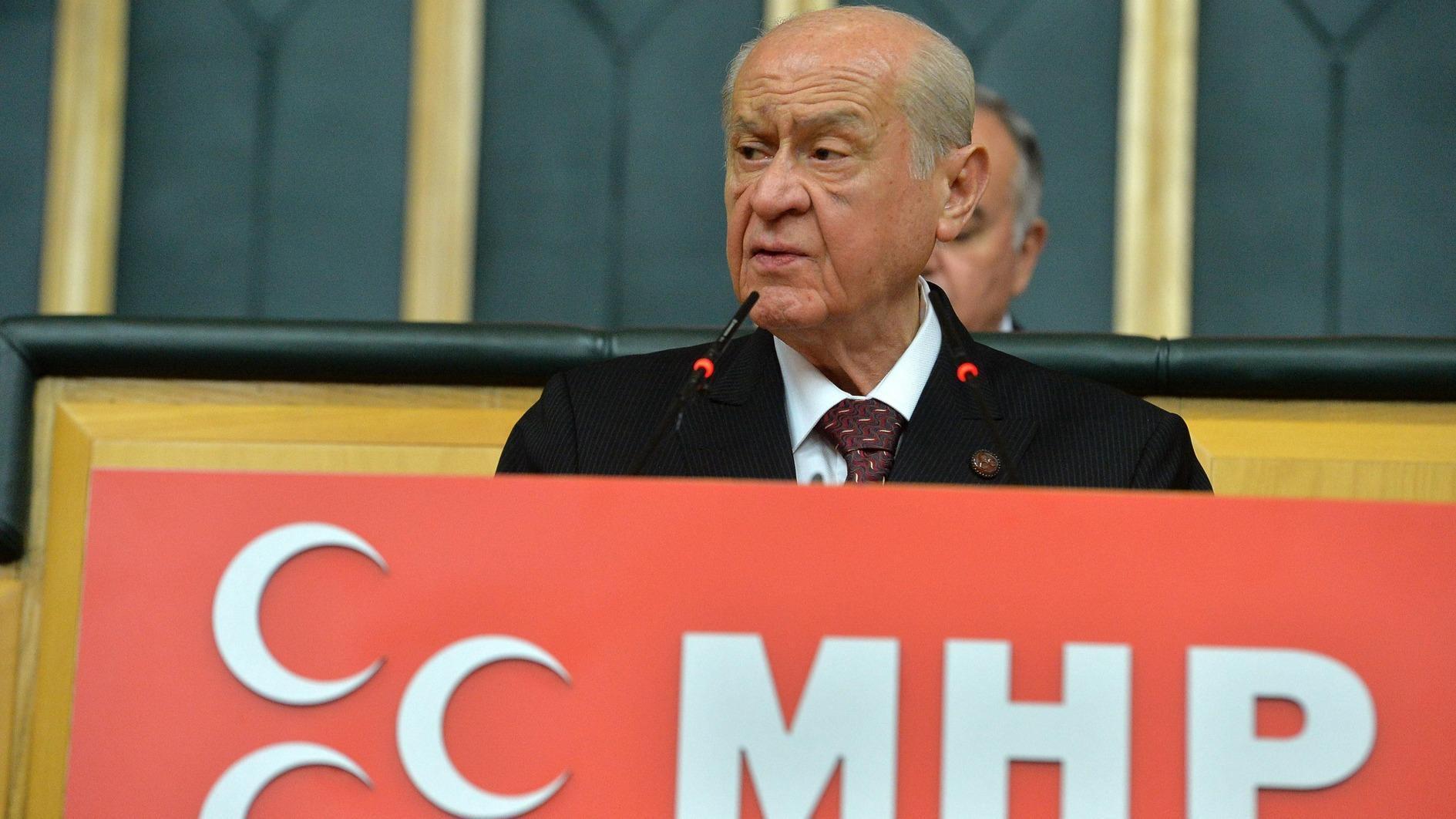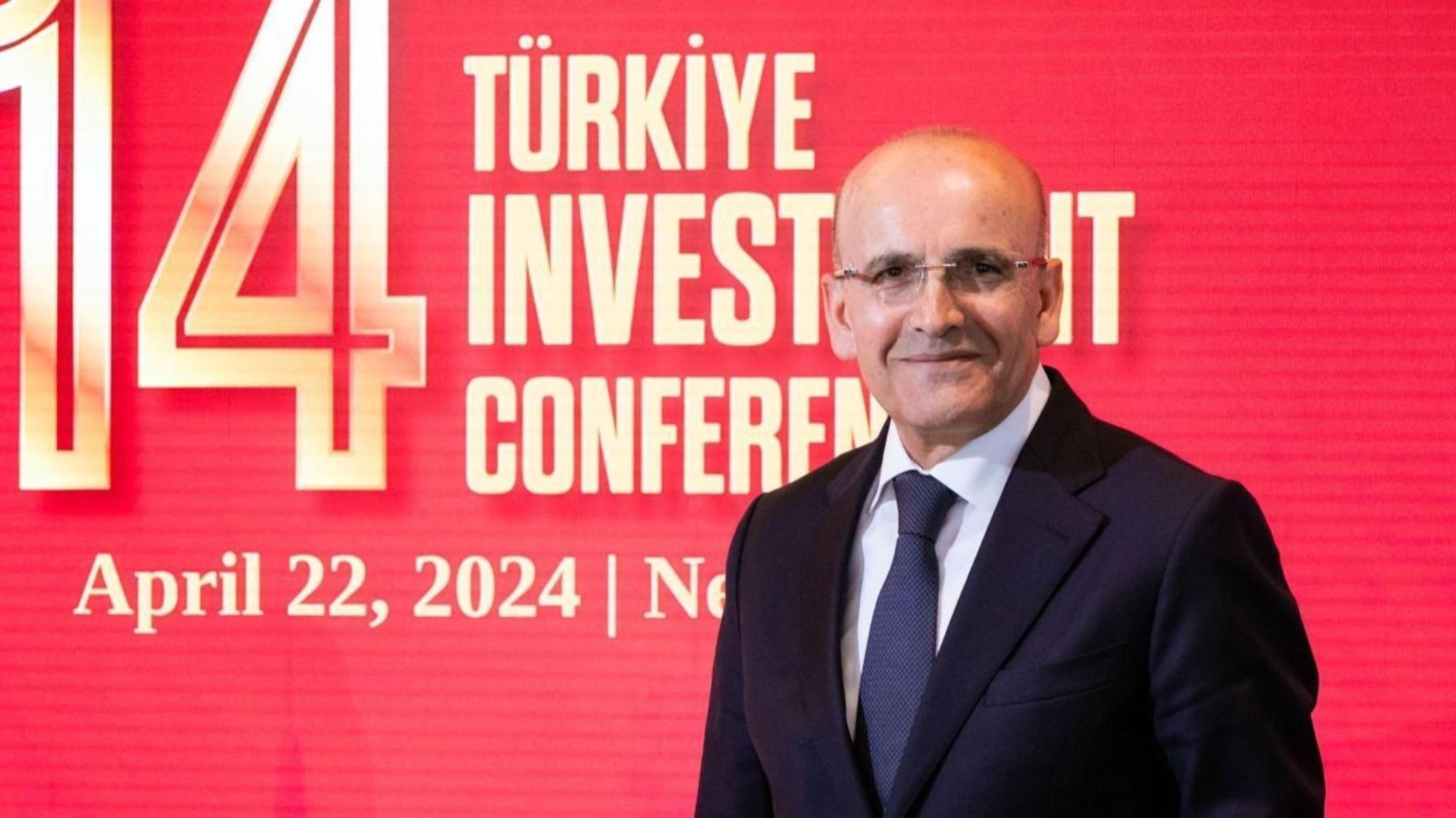Digging by archaeologists likely to delay Taksim project
Ömer Erbil ISTANBUL / Radikal

The initial works of the Taksim Square Pedestrianization Project were launched last week and part of the Taksim Square has been closed to cars and pedestranians for at least eight months. DAILY NEWS photo, Emrah GÜREL
The controversial project to renew Istanbul’s Taksim Square could take more time than the planned eight months as the excavation will be done under the strict supervision of officials from the Istanbul Archaeology Museum.For the Taksim Square Pedestrianization Project, a go-ahead was given for the underground tunnels between Cumhuriyet and Tarlabaşı avenues by Istanbul’s second Cultural Assets Preservation Board on the condition that the museum will oversee the work. Museum officials recently met with officials from Kalyon Construction, the company that won the tender for the project and told the company that construction can only begin after archaeologists from the museum finish their survey.
The archaeologists’ survey was learned to be, to the surprise of the construction company, delicate excavation activities mostly done by hand. If a cultural asset is found, then the excavation area would be widened. The tunnel construction was initially planned to be completed in eight months, but with the hand digging, the project is likely to be delayed.
Istanbul Metropolitan Municipality and Kalyon Construction were not available for immediate comment.
The Taksim project aims to close the square to vehicle traffic, which would flow through underground tunnels. The project was submitted to Cultural Assets Preservation Board, which canceled the underground tunnels at Gümüşsuyu-Mete and Sıraselviler avenues. The board approved the tunnels at the Cumhuriyet and Tarlabaşı avenues, which constitute the first stage of the project. After the approval, the street was closed to traffic and secured with wooden panels. Power lines and water and natural gas pipes are being relocated. However the detail in the board’s decision regarding the hand digging seems to have upset the construction plans.
Archeologists first
According to the decision of the board, construction equipment will not be allowed to work until all the archaeologists’ excavation work is completely finished. Construction company officials said they were surprised, and they had initially thought a museum official would supervise the excavation as heavy construction machinery operated.
The museum archives specify that there were cultural assets found at Cumhuriyet Avenue and in its vicinity. At the parking lot behind the water storage tank, there were Genoese tombs found in excavations done in 2000 and 2001. The archaeologists believe that these tombs continue toward the planned road and the military barracks.
On the other hand, they point out that sarcophaguses from the fifth century were found when the Atatürk Cultural Center was built. This meant, the archaeologists believe, that there was a settlement in that area and that a delicate archaeological survey is required during the tunnel construction.
















